California, Chinese Pride and the Building of the Transcontinental Railroad Part II
【Summary】California, Chinese Pride and the Building of the Transcontinental Railroad Part 2
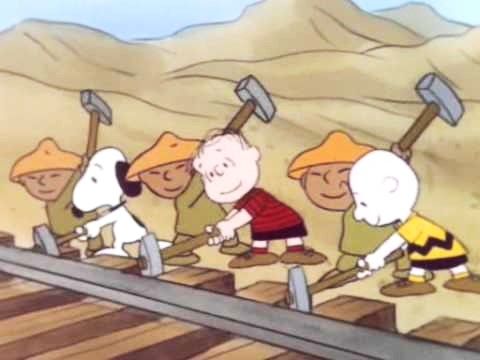
By Anthony C. LoBaido
"Construction of the railroad provided many opportunities for financial chicanery, corruption, graft, and bribery. The greatest financial scandal of the 19th century grew out of the railroad's construction. The president of the Union Pacific helped found a construction company, called ‘Credit Mobilier,' which allowed investors, including several members of Congress, to grant lucrative construction contracts to themselves, while nearly bankrupting the railroad.
"The railroad had profound effects on American life. It led to the division of the nation into four standard time zones. In addition, the railroads founded many of the towns on the Great Plains on land grants they were awarded by the federal government, and then sold the land to settlers."
This digital account continues:
"The completion of the transcontinental railroad changed the nation. Western agricultural products, coal, and minerals could move freely to the east coast. Just as the Civil War united North and South, the transcontinental railroad united East and West. Passengers and freight could reach the west coast in a matter of days instead of months at one-tenth the cost. Settlers rushed into what was previously considered a desert wasteland. The 1890 Census would declare that the American frontier had disappeared. The railroad was a major cause.
"Equally important, the success of the transcontinental railroad encouraged an American faith that with money, determination, and organization anything can be accomplished. The construction of railroad demonstrated the effectiveness of complex military-like organization and assembly-line processes."
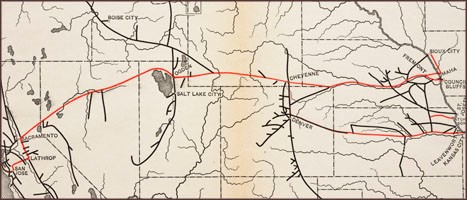
The original Pacific Railway Route
The fine print
The very early minutia of proactive events and preplanning that went into building the transcontinental railroad is discussed here.
Most notable are the following facts:
"The annexation of the California territory following the Mexican-American War, the discovery of gold in the region in 1848, and statehood for California in 1850 further spurred the interest to unite the country as thousands of immigrants and miners sought their fortune in the West.
"During the 1850s, Congress sponsored numerous survey parties to investigate possible routes for a transcontinental railroad. No particular route became a clear favorite as political groups were split over whether the route should be a northern or southern one. Theodore [Ted} Judah, a civil engineer who helped build the first railroad in California, promoted a route along the 41st parallel, running through Nebraska, Wyoming, Utah, Nevada, and California. Detractors noted the formidable obstacles along his proposed route, the most serious of which was the Sierra Nevada mountain range. A rail line built along this route would require tunneling through granite mountains and crossing deep ravines, an engineering feat yet to be attempted in the U.S.
The article continues:
"In 1859, Judah received a letter from Daniel Strong, a storekeeper in Dutch Flat, California, offering to show Judah the best route along the old emigrant road through the mountains near Donner Pass. The route had a gradual rise and required the line to cross the summit of only one mountain rather than two. Judah agreed and he and Strong drew up letters of incorporation for the Central Pacific Railroad Company. They began seeking investors and Judah was able to convince Sacramento businessmen that a railroad would bring much needed trade to the area. Several men decided to back him, including hardware wholesaler Collis P. Huntington and his partner, Mark Hopkins; dry goods merchant, Charles Crocker; and wholesale grocer, soon to be governor, [the aforementioned] Leland Stanford. These backers would later come to be known as the ‘Big Four.'"
"Huntington and his partners paid Judah to survey the route. Judah used maps from his survey to bolster his presentation to Congress in October 1861. Many Congressmen were leery of beginning such an expensive venture, especially with the Civil War underway, but President Abraham Lincoln, who was a long-time supporter of railroads, agreed with Judah. On July 1, 1862, Lincoln signed the Pacific Railway Act, authorizing land grants and government bonds, which amounted to $32,000 per mile of track laid, to two companies, the Central Pacific Railroad and the Union Pacific Railroad."
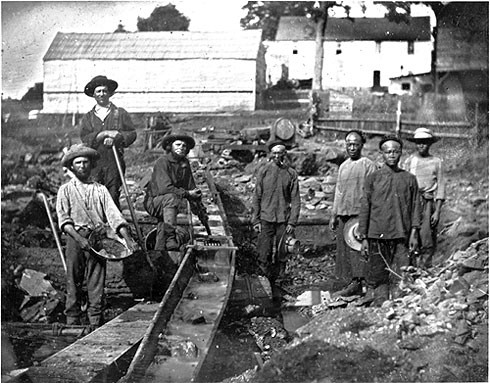
A differing account from History.com concerning who first came up with the idea for a transcontinental railroad says:
"In 1845, the New York entrepreneur Asa Whitney presented a resolution in Congress proposing the federal funding of a railroad that would stretch to the Pacific."
Recruiting and managing the labor force to build the railroad was no easy task. Many of the laborers were Irish immigrants. They were sent out west to work from New York and Boston, yet this was costly. Newly freed black slaves were hired, along with immigrants from Mexico. There was even thought given to hiring 5,000 Confederate Civil War prisoners.
"[The] feeling that the Chinese were too slight in stature for the demanding job, [yet the bosses] agreed to hire 50 men on a trial basis. After only one month, [a major employer] grudgingly admitted that the Chinese were conscientious, sober, and hard workers.
"Within three years, 80 percent of the Central Pacific workforce was made up of Chinese workers, and they proved to be essential to the task of laying the line through the Sierra Nevadas. Once believed to be too frail to perform arduous manual labor, the Chinese workers accomplished amazing and dangerous feats no other workers would or could do. They blasted tunnels through the solid granite -- sometimes progressing only a foot a day. They often lived in the tunnels as they worked their way through the solid granite, saving precious time and energy from entering and exiting the worksite each day. They were routinely lowered down sheer cliff faces in makeshift baskets on ropes where they drilled holes, filled them with explosives, lit the fuse and then were yanked up as fast as possible to avoid the blast."

The Chinese workers lived a Spartan lifestyle, growing hard and strong amid bitter toil
In memory of Ted Judah
It should be noted that the aforementioned Ted Judah had worked in the Niagara Gorge Railroad in New York. He made an alliance with the erstwhile "Big Four" businessmen in California (including the aforementioned Leland Stanford) who agreed to finance the western segment of the railroad. They were four abolitionists who wanted California to be solidified with the northern states of the Union. They were shrewd Republican businessmen. And so the broad architecture of the idea came to fruition, at least in part, when Stanford and the others met in on the second floor of the Huntington and Hopkins Hardware Store (the Home Depot of its time) and formed the Central Pacific. Their line was to snake its way from Sacramento to Utah, through the Sierra Nevada. The Union Pacific would stretch from Omaha, Nebraska to Utah.
For each mile of track completed, the owners of the two railroad companies would be given 20 square miles of land. This was a tremendous fortune in real estate. So in essence, this was a race between the Central Pacific and the Union Pacific. Judah wanted "quality" in the building of the railroad and this did not suit "The Big Four." Judah had a falling out with them and sailed to Panama, crossing on horseback for a month, before heading to New York in search of new investors. He died a few days later in (the future) "Big Apple" from Yellow Fever. Now the "Big Four" were in total control of his original vision for the transcontinental railroad. That said, there can be no doubt that Judah's role in the creation of the railroad is truly historic.
-

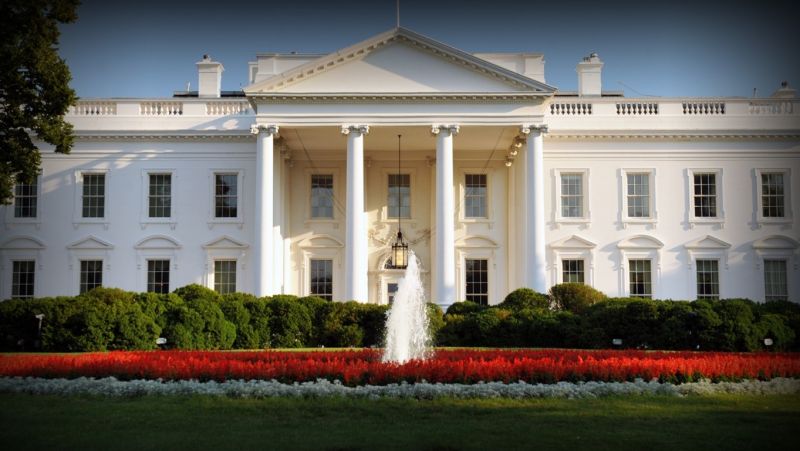
What will a Trump Presidency mean for self-driving cars?
-


Driverless Cars – an anti-social future in the making?
-


Ambulance + Tank =’s a new generation of emergency vehicle technology
-


The Israeli Army’s new autonomous vehicle – a look at the battlefield of tomorrow
-

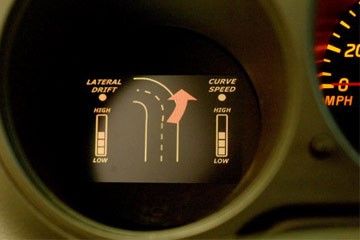
Top 10 Newfangled Car Safety Technologies
-


The Fall Leaves of Yosemite – Celebrating 100 Years of U.S. National Parks
-


Stephen Hawking, Robotics and Our “Dangerous Point in Human History”
-

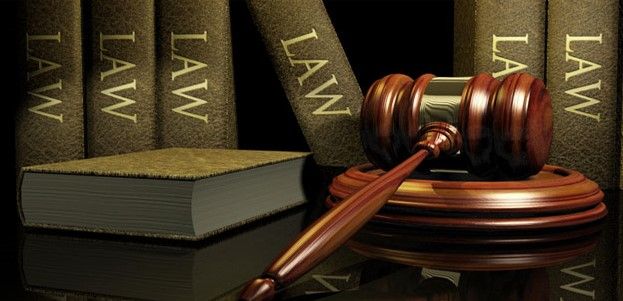
Do auto manufacturers or tech companies file the most patents?
- Rabban Bar Sauma’s trek from China to Rome a key to world history (Part II)
- Information Overload – How Much is too Much?
- A Brief History of the Internet
- “Data is the New Oil” - The Alpha, Beta and Omega of Postmodern Wealth Creation - Part II
- California, Chinese Pride and the Building of the Transcontinental Railroad Part I
- California, Chinese Pride and the Building of the Transcontinental Railroad Part II
- The Wind Beneath My Wings "Altamont Wind Farm"
- Nikola Tesla: The Untold Story of "The Man Who Invented the 20th Century”
- The Lost Legion of Crassus
- Managing the Transition to Self Driving Cars











 About Us
About Us Contact Us
Contact Us Careers
Careers